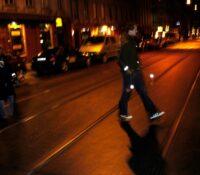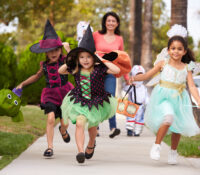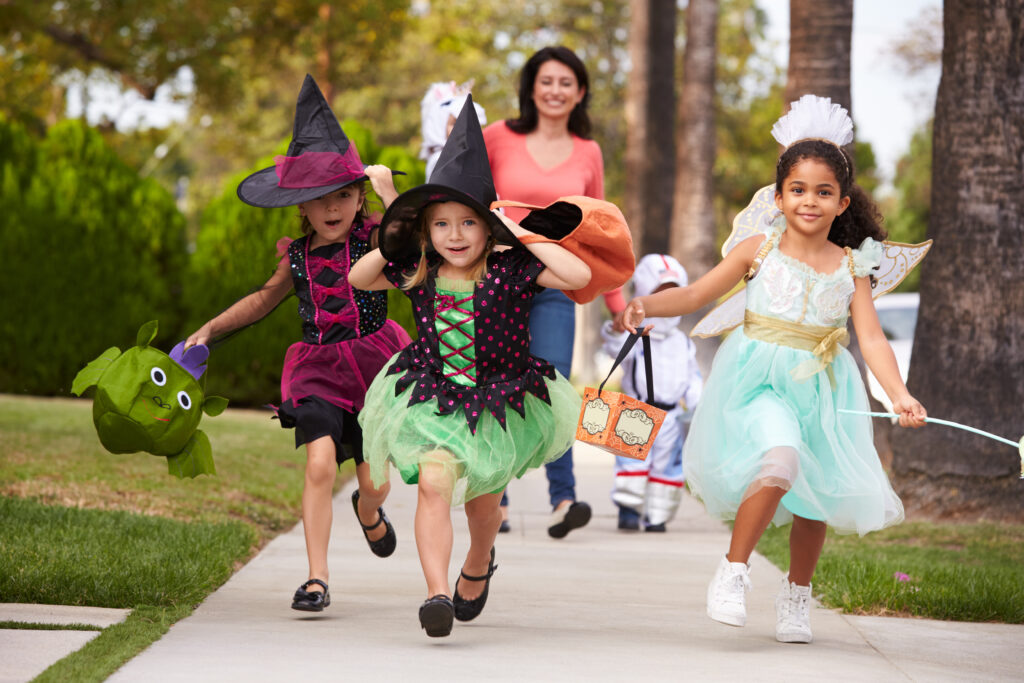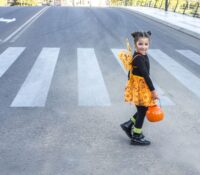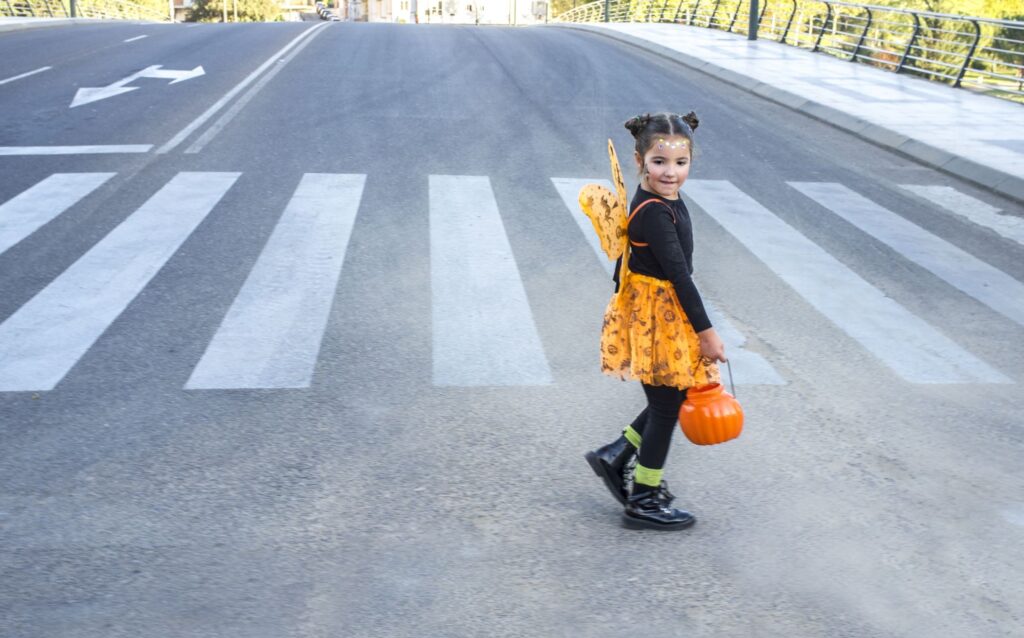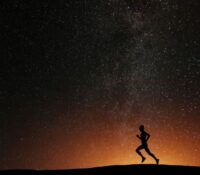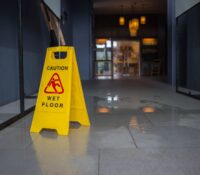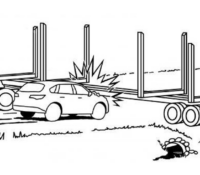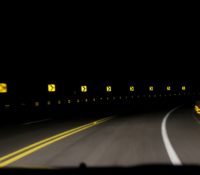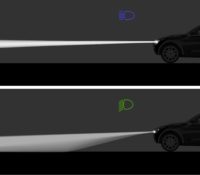Why Pedestrians Overestimate Their Visibility: A Dive into the Psychology of Road Safety
When we step out onto the road as pedestrians, most of us assume that we are easily visible to oncoming drivers. However, research shows that pedestrians frequently overestimate their visibility, especially at night or in low-light conditions. This overconfidence can lead to dangerous situations, contributing to accidents and fatalities. Understanding why pedestrians overestimate their visibility is crucial for improving road safety and preventing accidents. Read More



